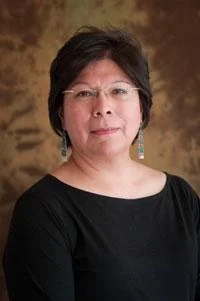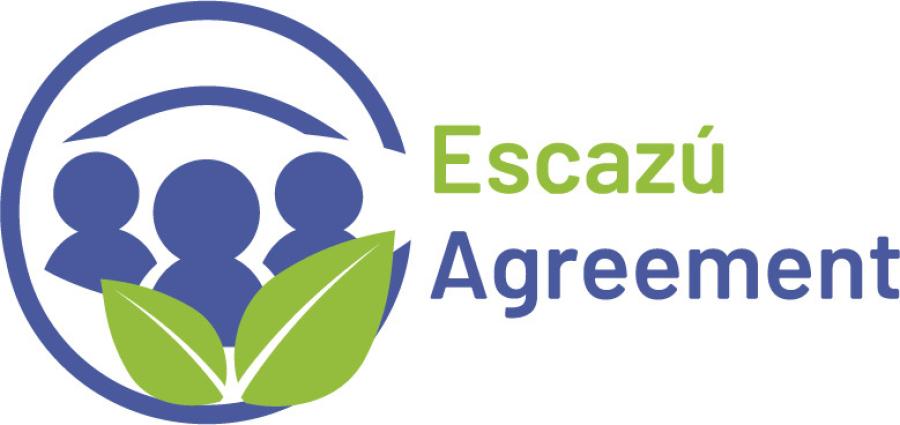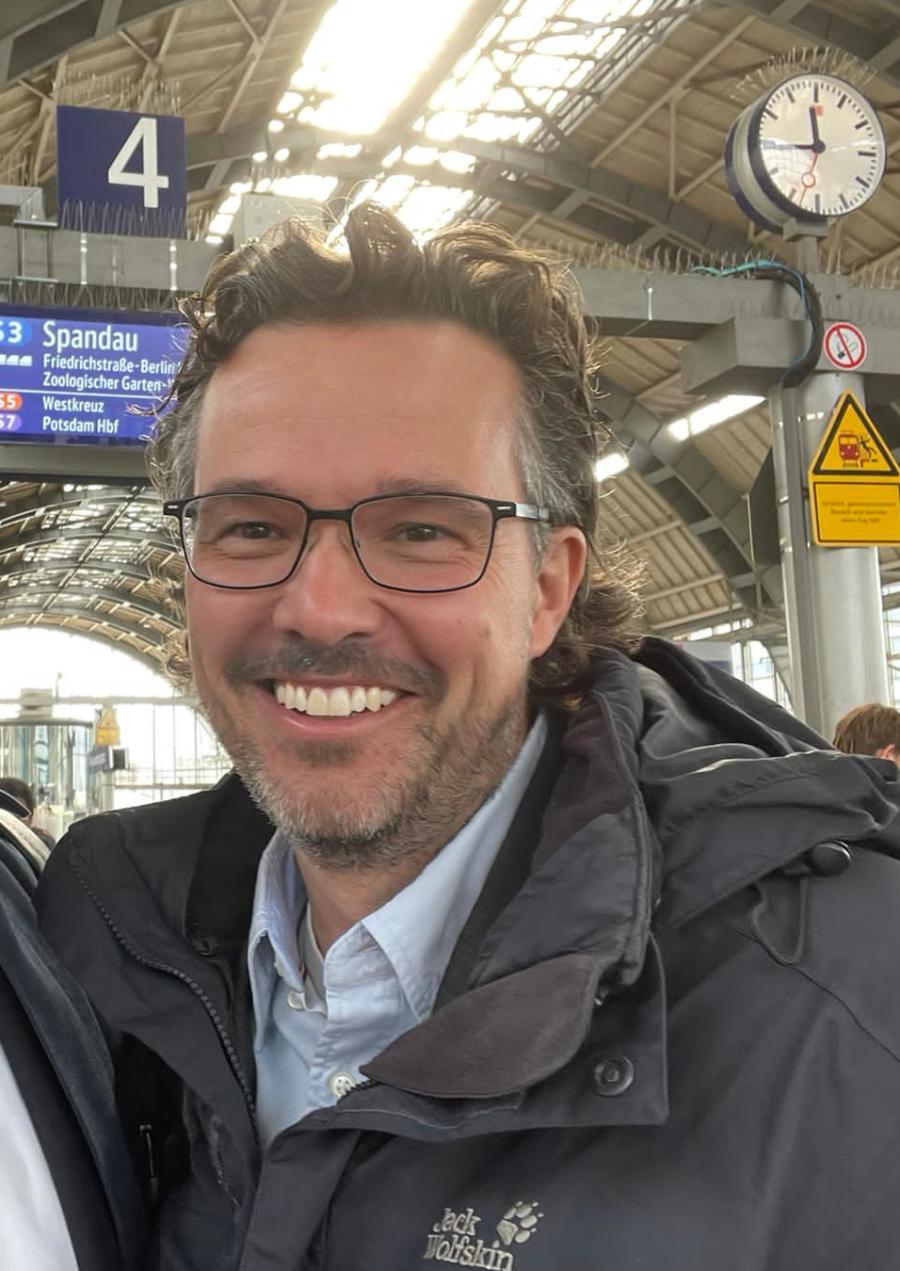
Each year at the United Nations Permanent Forum on Indigenous Issues there is increased participation of young adults. Some are seasoned participants, while others are just beginning to learn and engage the issues and the workings of the Forum. There is no doubt that this future leadership takes their role seriously and are critical participants in the Forum. The establishment of the Global Indigenous Youth Caucus at the UN Permanent Forum reifies the importance and responsibility to grow and support a future leadership who will carry forward the work of implementing the UN Declaration on the Rights of Indigenous Peoples; who will inherit the future.
The wise voice of 12-year-old environmental activist Ta’Kaiya Blaney sums it up when she says, “I’m working to change my community, to create a sustainable future. I always had that dream, but it was along the lines of “when I grow up . . .” like it was a very distant thing. I just realized, age doesn’t matter. It’s one heart, it’s one dream, it’s the one future that we’re all living towards. You know, you have adults, you have elders, and you have chiefs, and very inspiring people who are leading this movement, but they get tired speaking everywhere. If you incorporate youth and
children in spreading the message, it’s more than chasing the dream of a sustainable future that coexists in harmony with Indigenous people and their culture and Mother Earth.”
Indigenous children enjoy both the individual and collective rights and freedoms of their wider communities. These freedoms are specifically guaranteed in the International Covenant on Civil and Political Rights, the International Labour Organization Indigenous and Tribal Peoples’ Convention, and in the United Nations Declaration on the Rights of Indigenous Peoples. Rights are also guaranteed by the Convention on the Rights of the Child, which is underpinned by the principles of equality and non-discrimination (article 2); the best interests of the child (article 3); the right to life, survival and development (article 6); and the right to be heard and to participate (article 12).
As youth leaders voice the grave and myriad human rights violations against children, they are developing leadership, strategies, and actions to assert their rights. Hassoumi Abdoulaye, Global Indigenous Youth Caucus member, says, “Our vision is to connect the Indigenous youth across the borders and continents . . . to contribute in the struggle of our rights and to build up our capacity to shoulder the responsibility of carrying on our cultural heritage and advocacy for equality and justice.”
As we continue to give voice to youth leadership in this issue of the CSQ, we also bring forward the voices of the Hitorangi Clan of Easter Island, the Altai in Russia, and of women leaders such as Mphatheleni Makaulule, who cautions, “We are the last generation to learn from our elders to protect the Indigenous forests . . . we are the last generation on the edge of the elders who are going. We women need to transfer this knowledge to our girls.”
Suzanne Benally, Executive Director
(Navajo and Santa Clara Tewa)



